Whether you are just beginning your investing journey or are looking to take your portfolio to the next level, Arbor stands ready with our talented team and decades of expertise. Given our vast experience and national footprint of successful deals, we are familiar with many common commercial real estate investor questions, such as the ones answered in this article.
FHFA Loan Caps for 2024: What Multifamily Borrowers Need to Know
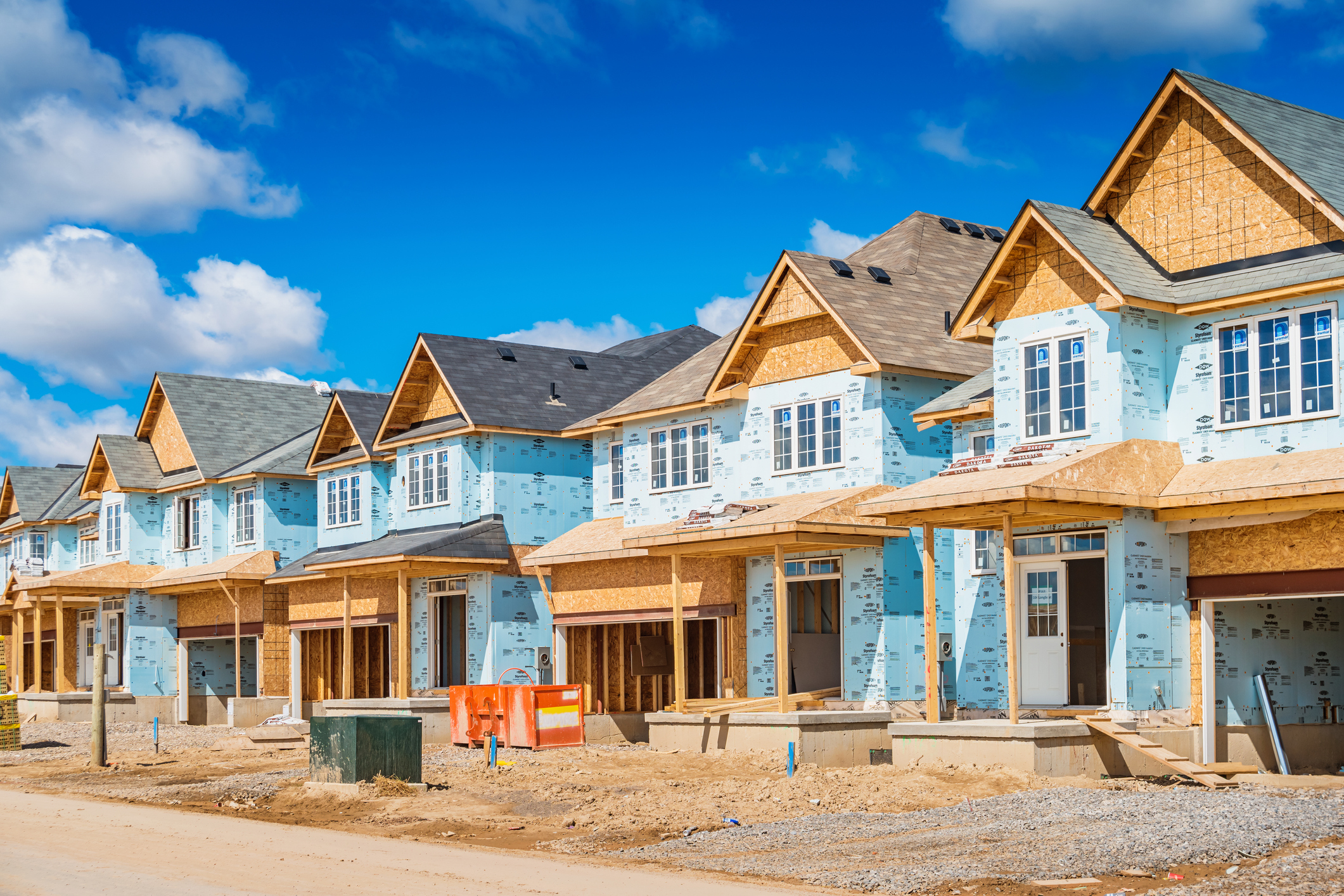
The Federal Housing Finance Agency (FHFA) announced a $10 billion rollback of Fannie Mae and Freddie Mac’s volume cap for loan purchases for 2023 to $140 billion ($70 billion for each agency). This move aligns with industry expectations, given the anticipation of continued headwinds for the multifamily in 2024. Next year’s cap for the Government-Sponsored Entities (GSEs) is a reduction of approximately 7% from the $150 billion limit set for 2023 and a return to the level it was in 2021.

Affordable Housing Trends Report Fall 2023
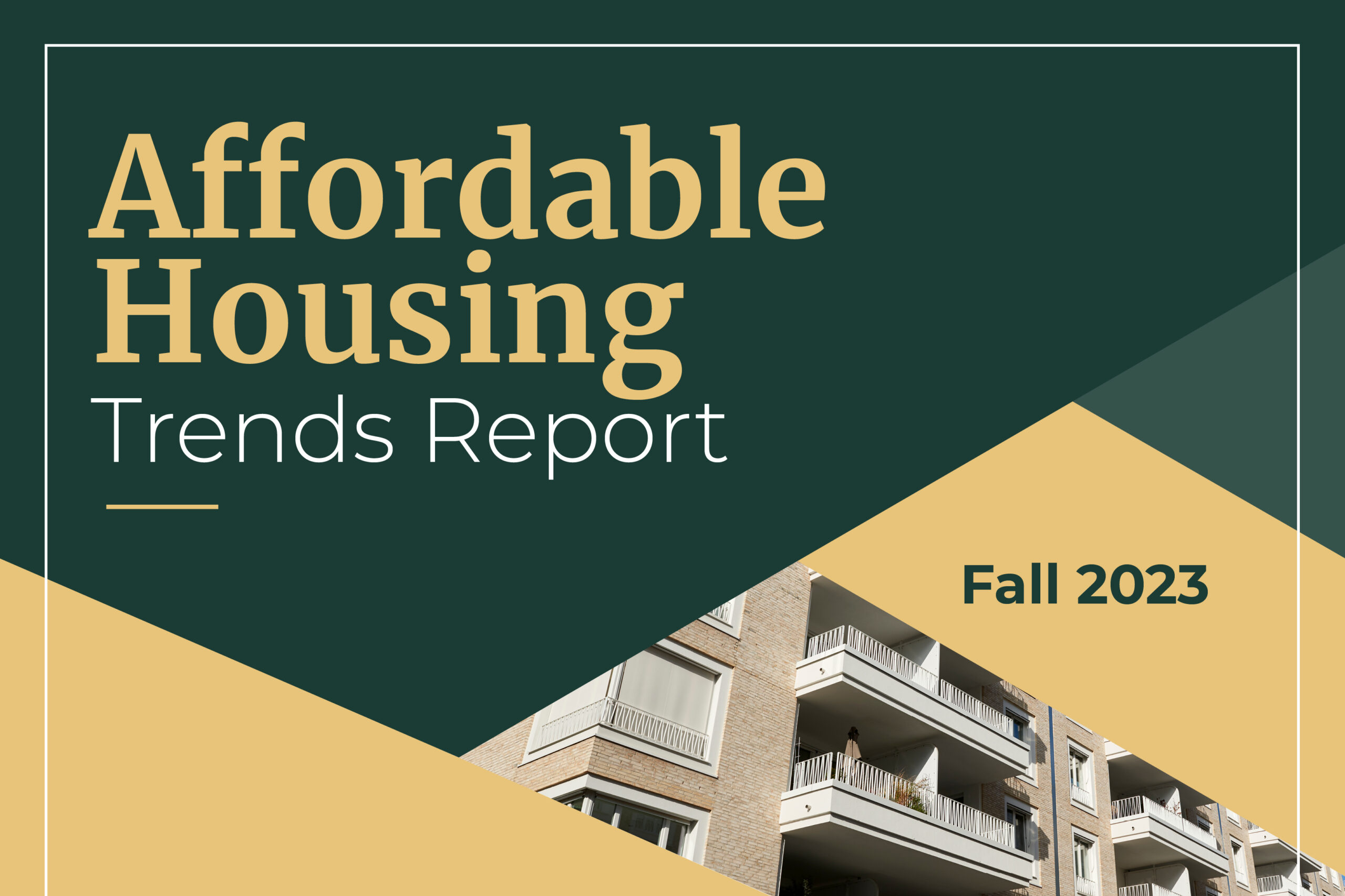
With the cost of living climbing, the need for affordable housing has become more urgent. Although demand continues to outpace available supply, multifamily investment in affordable housing is fortified by Low-Income Housing Tax Credits (LIHTC), Project-Based Section 8, and the Housing Choice Voucher (HCV) programs. Arbor’s Affordable Housing Trends Report Fall 2023, developed in partnership with Chandan Economics, examines the supply-driven programs and policies designed to improve supply at a point in time when federal gridlock has stalled many funding increases.

Small Multifamily Investment Trends Report Q4 2023
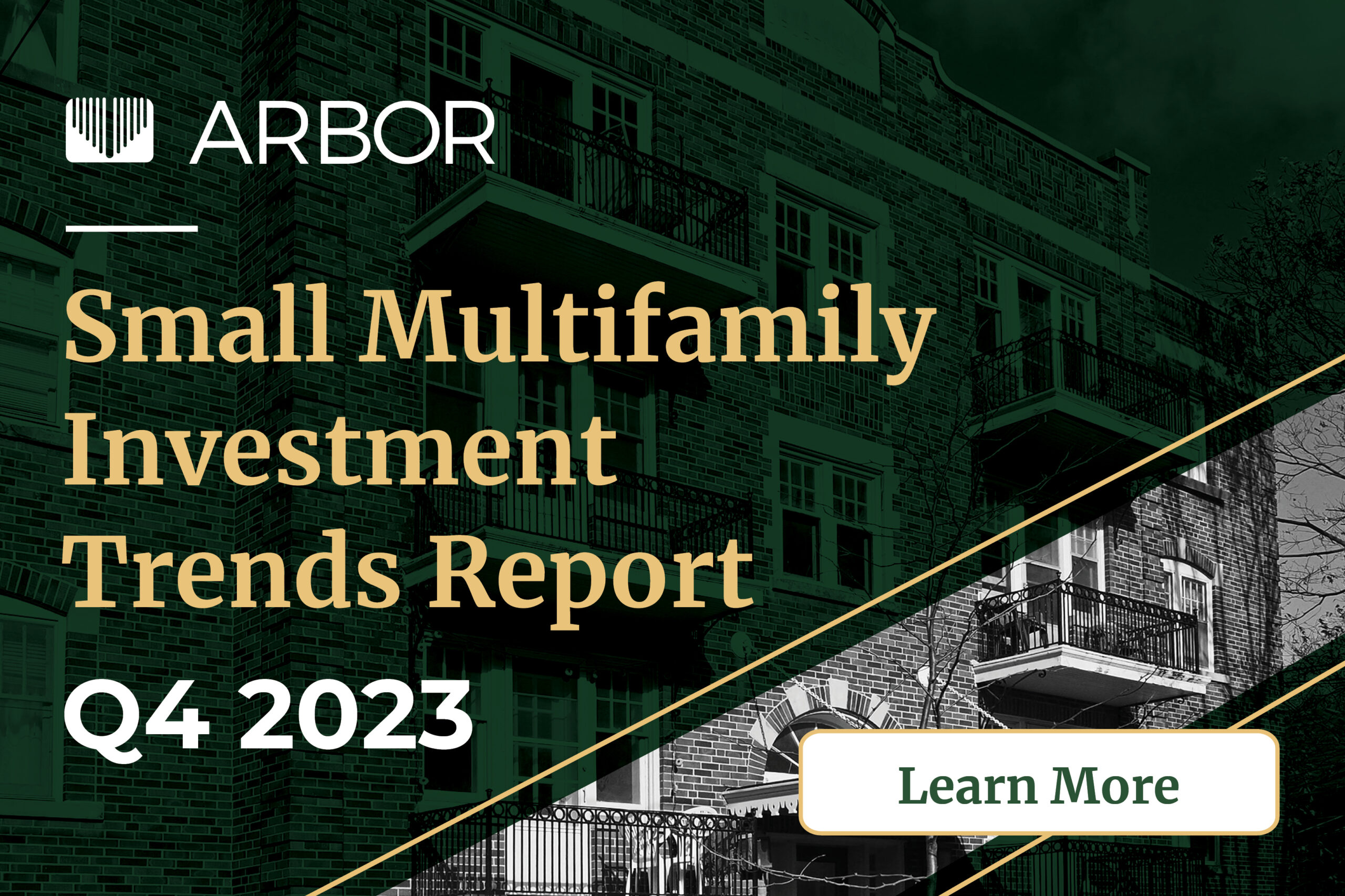
Arbor’s Small Multifamily Investment Trends Report Q4 2023, developed in partnership with Chandan Economics, is a snapshot of a strong and resilient subsector continuing to navigate ongoing market dislocation. The report shows that distress has remained limited, even with valuations and measures of risk pricing in flux. As conditions start to stabilize, there are signs that deal activity is picking up.

What’s Next for the Federal Reserve?

Over the past year and a half, the Federal Reserve has embarked on one of its most aggressive monetary tightening cycles in history. With the federal funds rate sitting above 5.25% and two more Federal Open Market Committee (FOMC) policy meetings scheduled through the end of 2023, questions remain about how short- and medium-term monetary policy adjustments could influence multifamily investing. While a rapid reversal is unlikely, the next phase could ease some interest rate pressure.

Top Markets for Large Multifamily Investment Report 2023
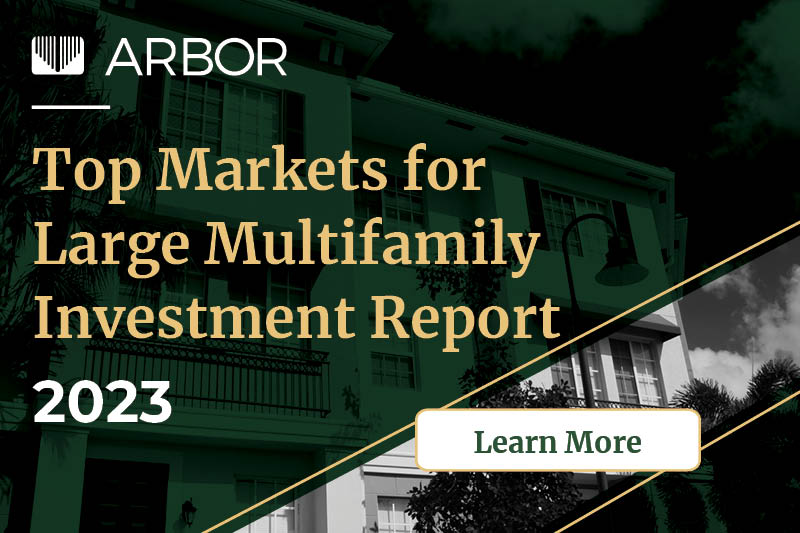
Arbor’s Top Markets for Large Multifamily Investment Report 2023 is a roadmap for investors searching for the most desirable locations to invest $20 million or more. Developed in partnership with Chandan Economics, the study is a market-level comparison of the top 50 U.S. cities poised for apartment sector growth over the next year. This annual report pinpoints areas of opportunity at a time when economic headwinds have altered individual market dynamics.

DOL’s Davis-Bacon Act Updated for First Time in 40 Years
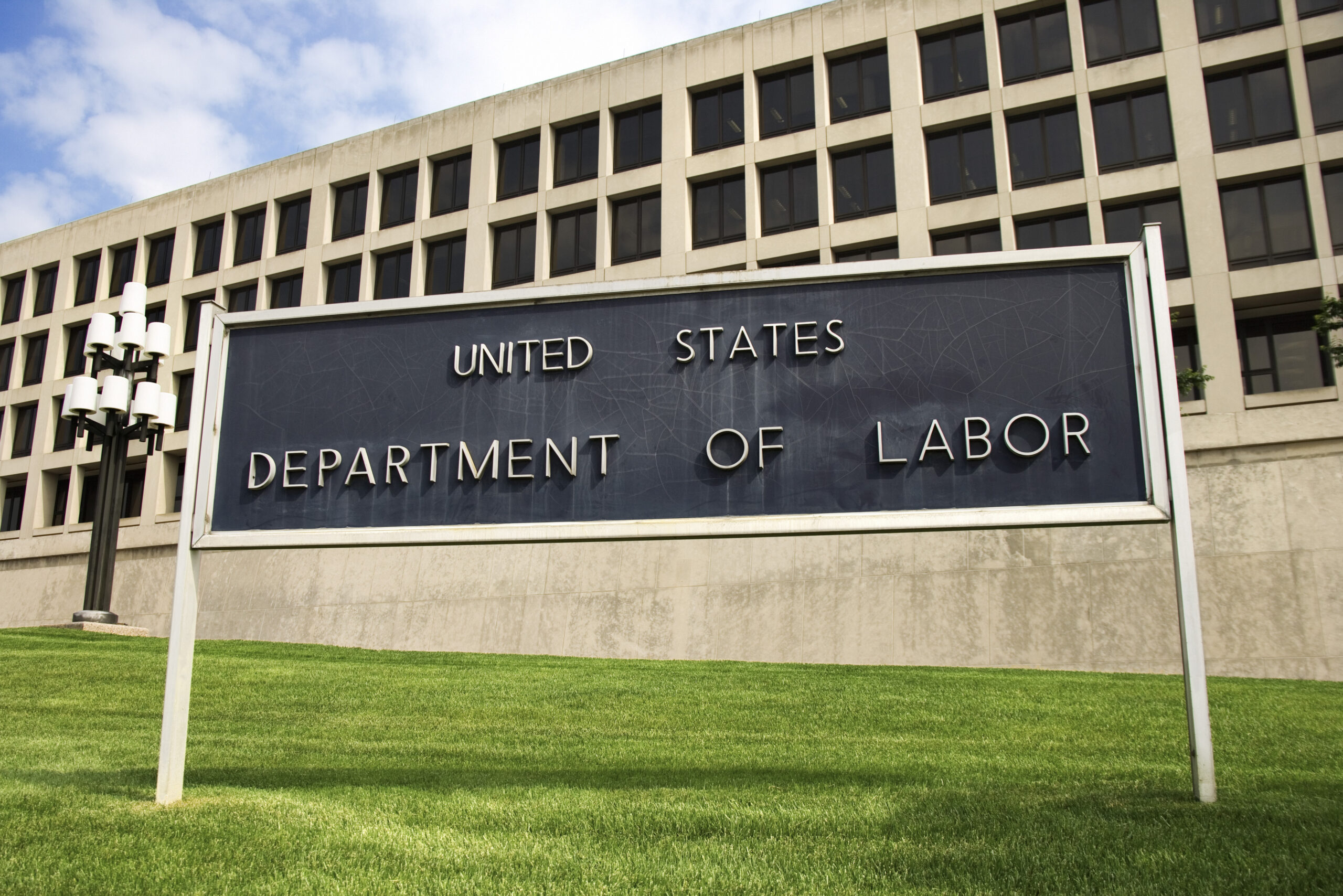
The U.S. Department of Labor (DOL) recently published a Final Rule updating the Davis-Bacon and Related Acts’ formula for calculating local prevailing wages to keep worker pay in line with wage growth trends on most federal and federally assisted construction projects. The first update since the Reagan administration, it has met opposition from industry associations who contend its new wage determinations would raise costs and slow new construction at a time when strong wage gains have already pushed costs higher.

Recalibrating Amid Uncertainty
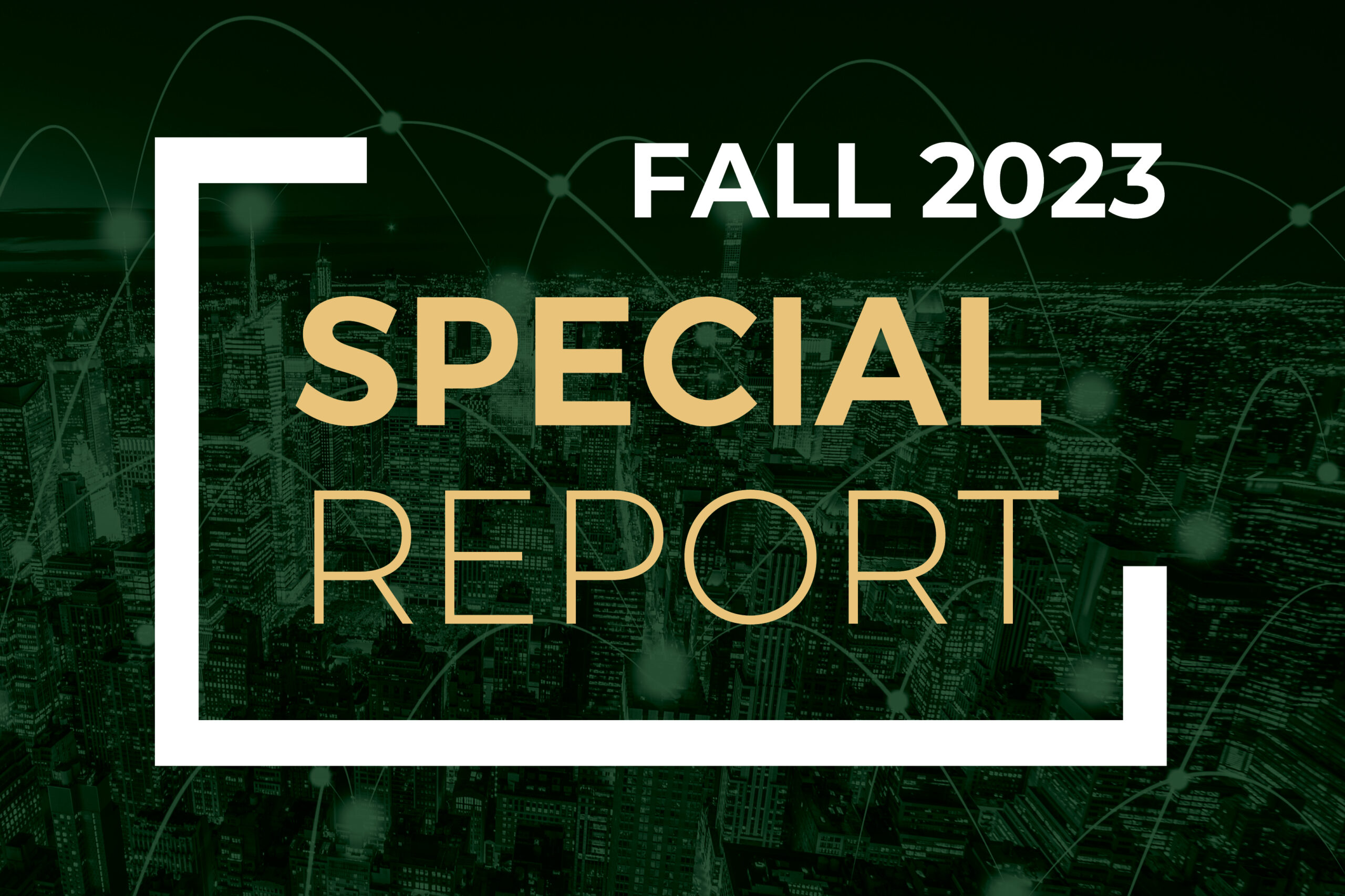
Although headwinds persist, solid national economic growth and the strength of multifamily fundamentals indicate it’s time to recalibrate for a soft landing, write Ivan Kaufman, Arbor’s Chairman and CEO, and Sam Chandan, Founding Director of the C.H. Chen Institute for Global Real Estate Finance at the NYU Stern School of Business. Historically stable in times of adversity, the rental housing market is well-equipped to thrive in today’s evolving economic environment.

Understanding the Impact of Wildfires on Rental Property Insurance

From California to Maui, the frequency and scope of wildfire events are rising, causing insurance markets and public agencies to reevaluate property in areas at risk for catastrophic damage. As a result, rental housing providers are seeing greater limitations to coverage, higher premium prices, and, in some cases, a total absence of viable private insurance — a trend detailed in the NMHC 2023 State of Multifamily Risk Survey and Report. This troubling new trend has placed many rental housing operators in a bind where they must simultaneously contend with the declining availability and affordability of insurance options.

Five Advantages of FHA Multifamily Construction Loans
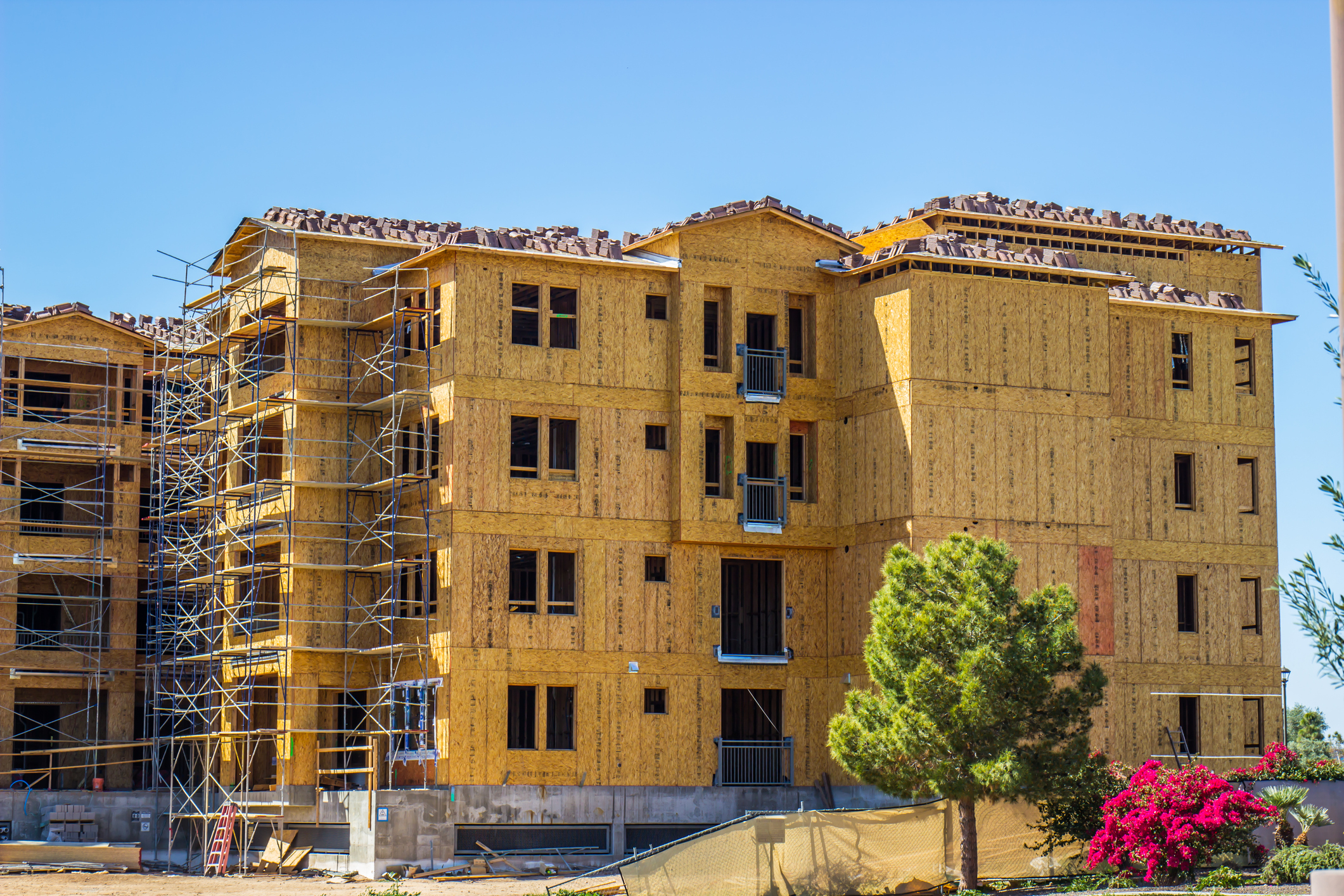
In the last three years, multifamily construction has reached levels not seen since the 1980s, supported, in part, by the U.S. Department of Housing and Urban Development’s (HUD) Federal Housing Administration (FHA) loans. If you are exploring the acquisition, refinancing, rehabilitation, or new construction of conventional multifamily, affordable housing, seniors housing, or a healthcare facility, consider FHA multifamily construction loans, a stable financing option with excellent terms and many other attractive advantages.

Where are Single-Family Rental (SFR) Rents Rising the Fastest?

While the single-family rental (SFR) sector’s rent growth averages have retreated from record highs, structural tailwinds are keeping price growth positive — both nationally and in major SFR markets. In this research brief, Chandan Economics and Arbor Realty Trust analyze DBRS Morningstar data, which covers the top 20 MSAs by SFR activity, to discover the metropolitan areas where SFR rent growth is the hottest right now.


